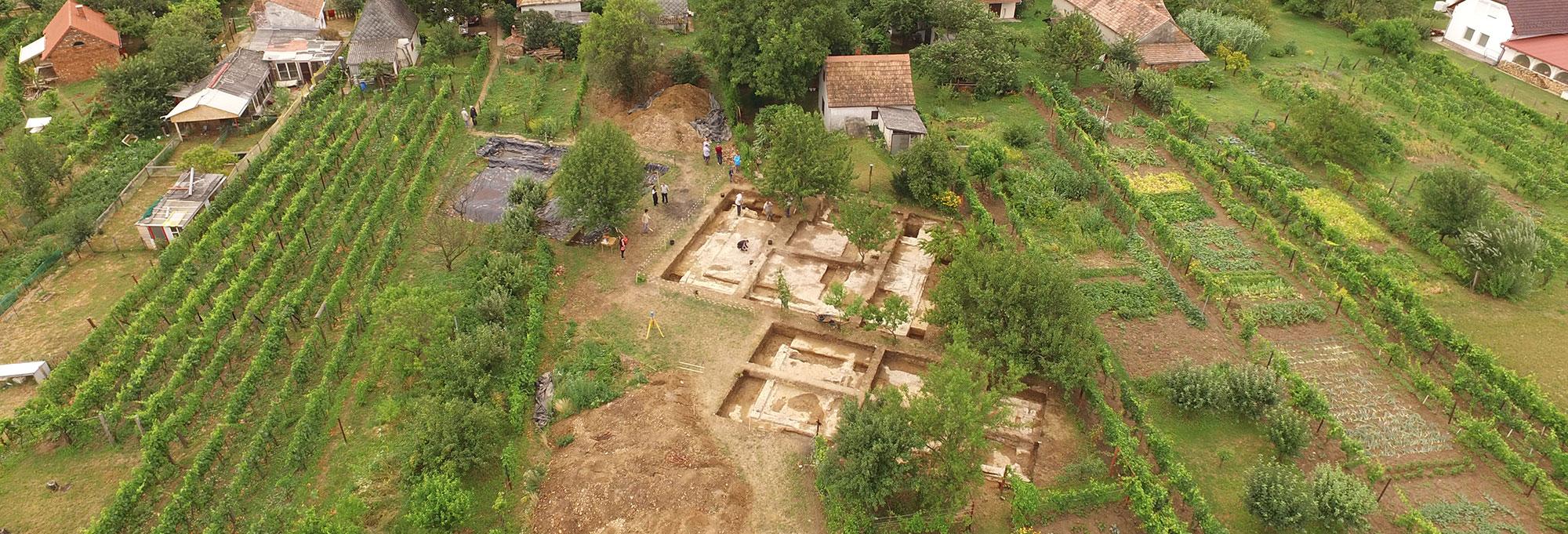Features From the Issue
-
Features
The Archaeology of Gardens
ARCHAEOLOGY’s editors explore the many reasons people have tended the earth
 (Leemage/Corbis via Getty Images)
(Leemage/Corbis via Getty Images) -
 (Bymuseum, Oslo, Norway/Index/Bridgeman Images)
(Bymuseum, Oslo, Norway/Index/Bridgeman Images) -
Features
How to Survive Climate Change
Peru’s Casma state endured unpredictable El Niños and centuries of drought
-
Features
Imaging the Past
What stone toolmaking and neuroscience can tell us about what it means to be human
-
Features
Entombed in Asphalt
A natural tar pit in Trinidad is a time capsule of some of the oldest wooden objects in the Caribbean
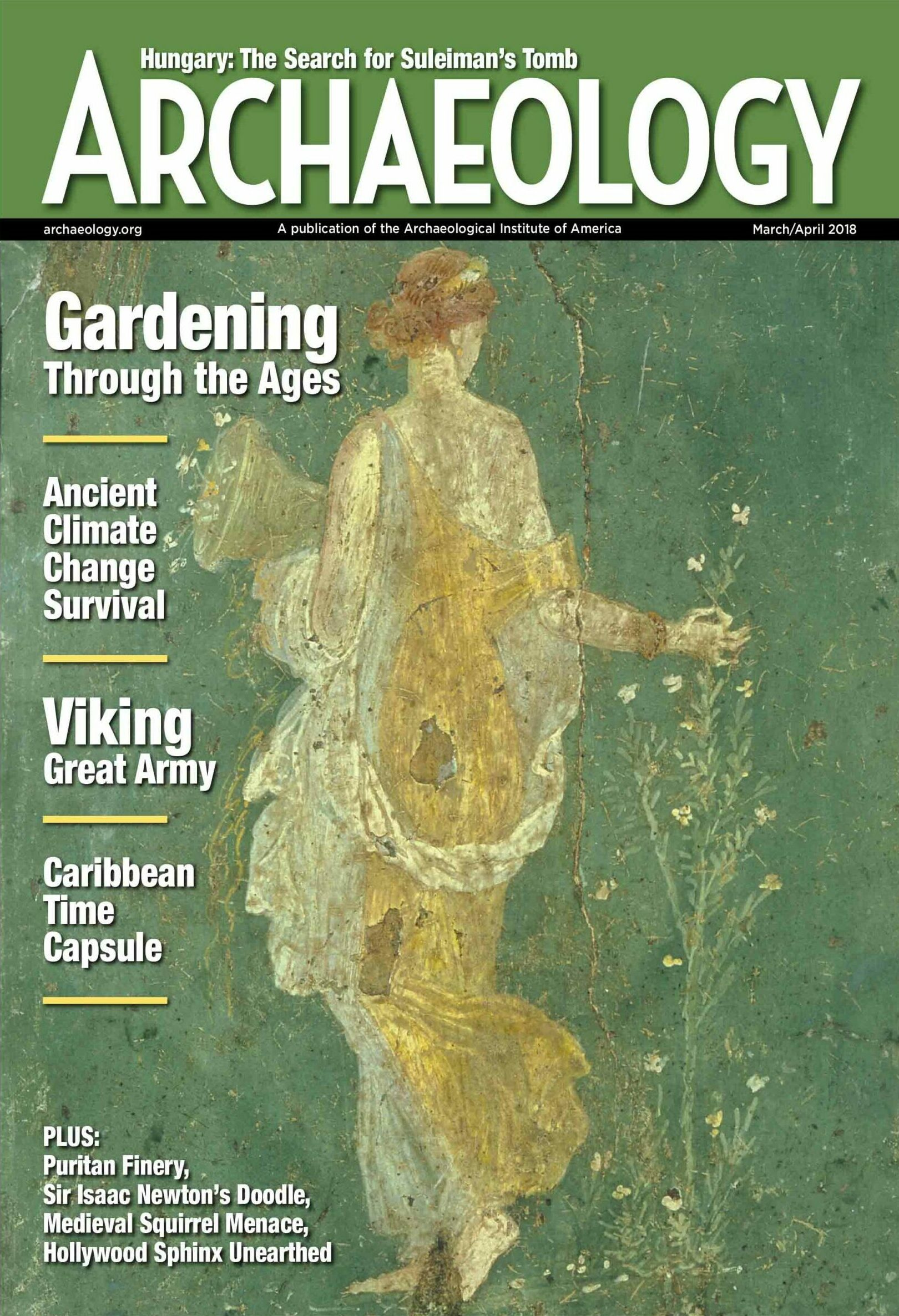
Letter From Hungary
Letter From Hungary
The Search for the Sultan’s Tomb
How archaeologists trying to locate the final resting place of Suleiman the Magnificent uncovered the remains of a crucial outpost of the Ottoman Empire
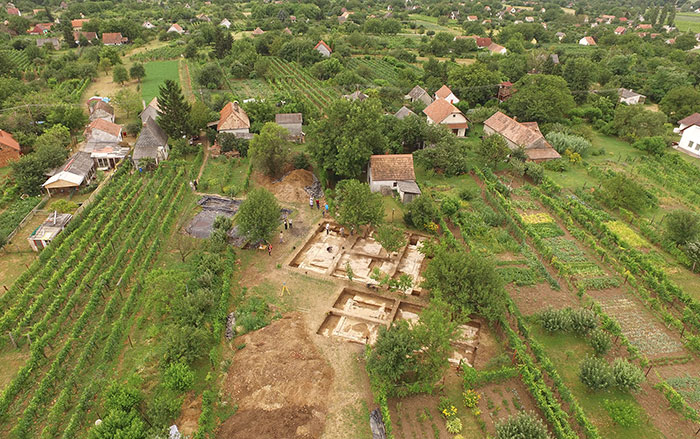
Artifact
Artifacts
Sgraffito Slip-Decorated Plate
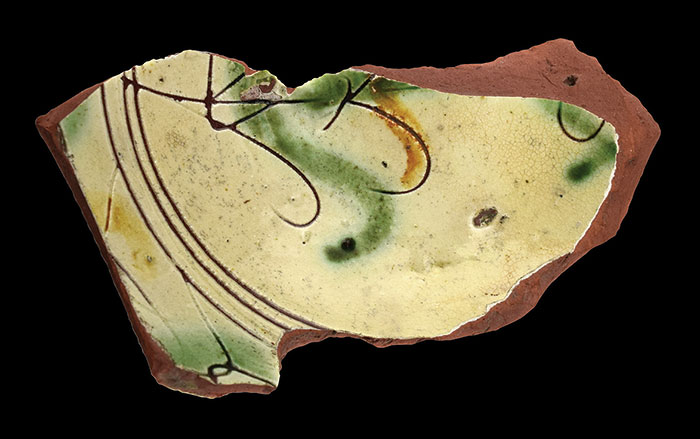
Digs & Discoveries
-
Digs & Discoveries
The Mesopotamian Merchant Files
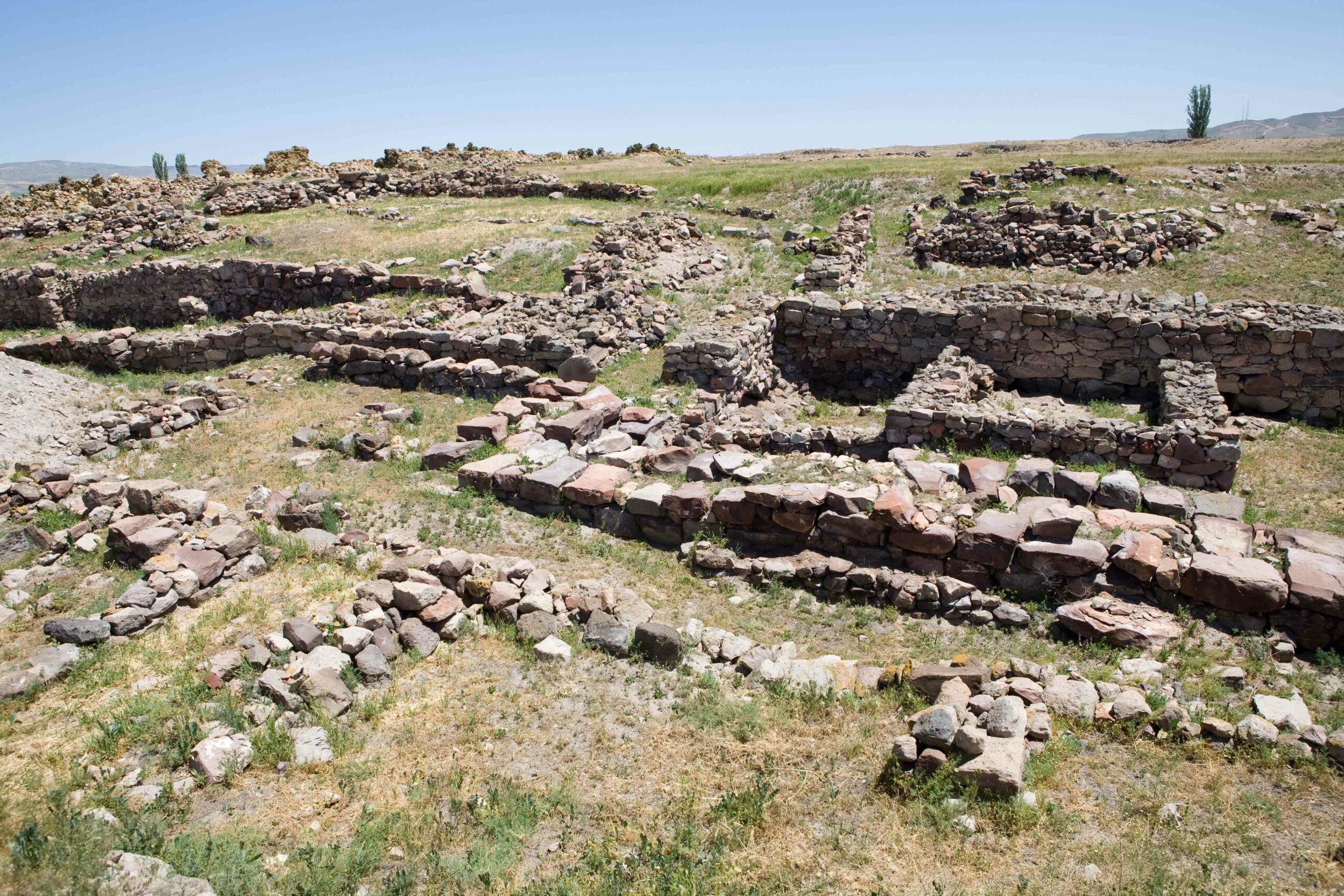 (Mike P. Shepherd/Alamy Stock Photo)
(Mike P. Shepherd/Alamy Stock Photo) -
Digs & Discoveries
He’s No Stone Face
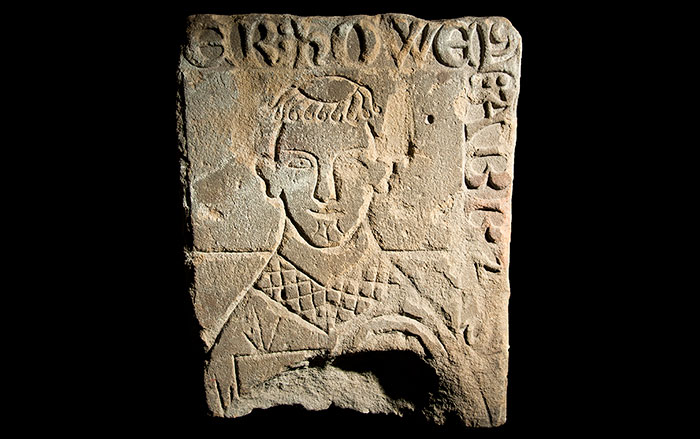 (Courtesy Howard Williams)
(Courtesy Howard Williams) -
Digs & Discoveries
Satellites on the Silk Road
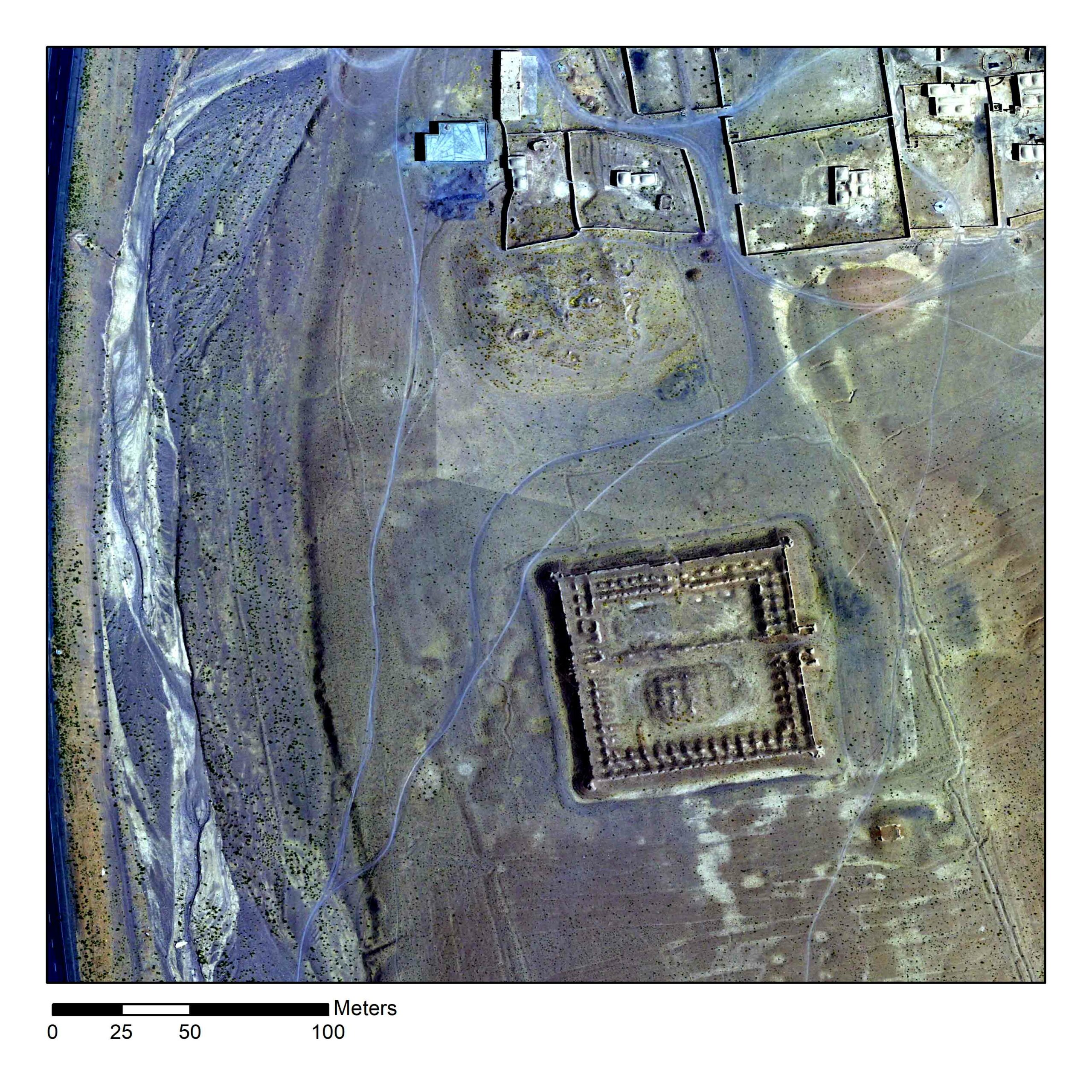 (Courtesy Afghan Heritage Mapping Partnership/University of Chicago Oriental Institute)
(Courtesy Afghan Heritage Mapping Partnership/University of Chicago Oriental Institute) -
Digs & Discoveries
Gods of the Galilee
 (Mordechai Aviam/Kinneret College on the Sea Galilee/Israel Science Foundation)
(Mordechai Aviam/Kinneret College on the Sea Galilee/Israel Science Foundation) -
Digs & Discoveries
The Venus of Vlakno
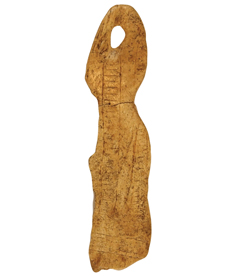 (University of Zadar)
(University of Zadar) -
Digs & Discoveries
Caesar’s English Beachhead
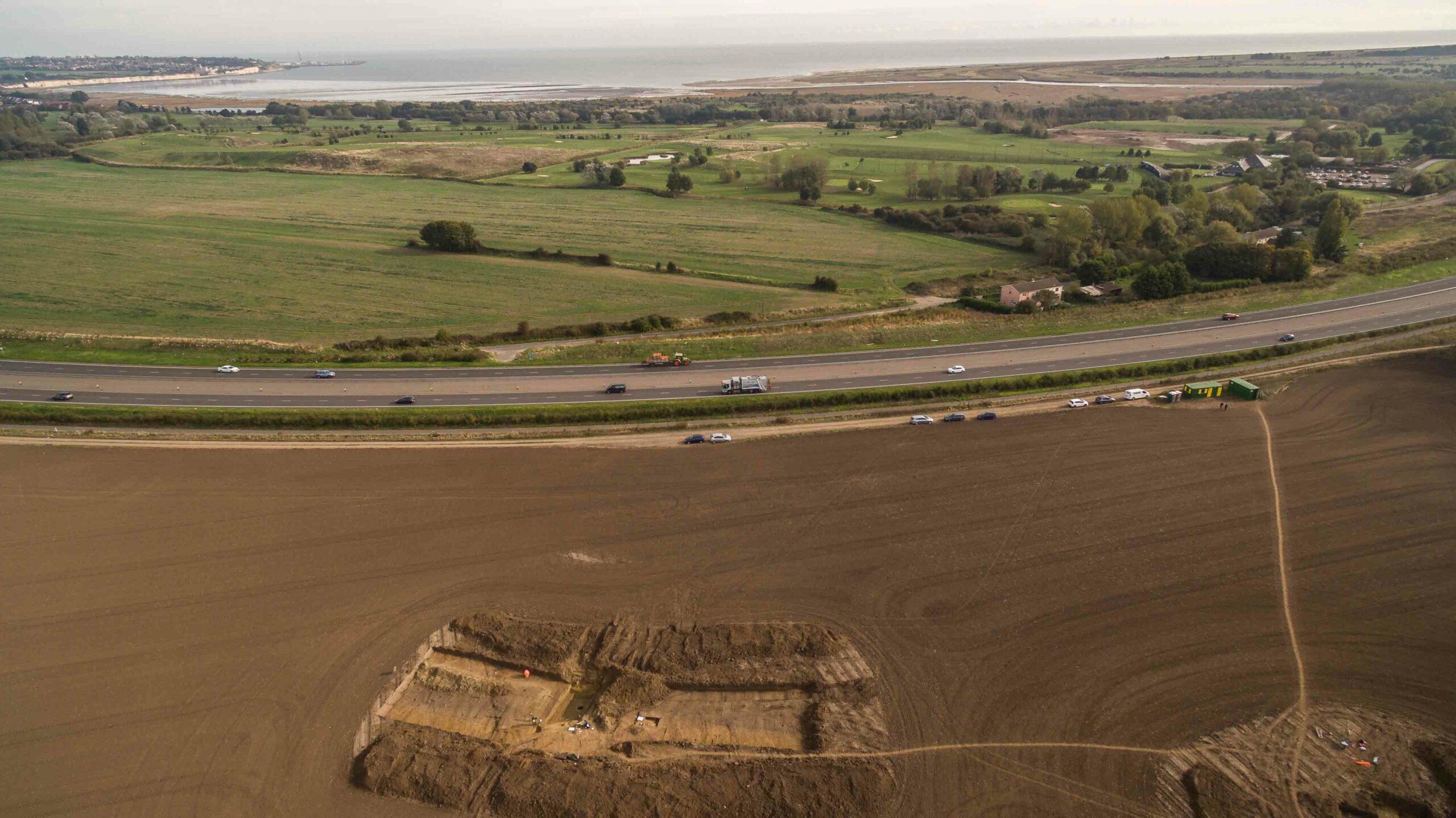
-
Digs & Discoveries
Head in the Sand
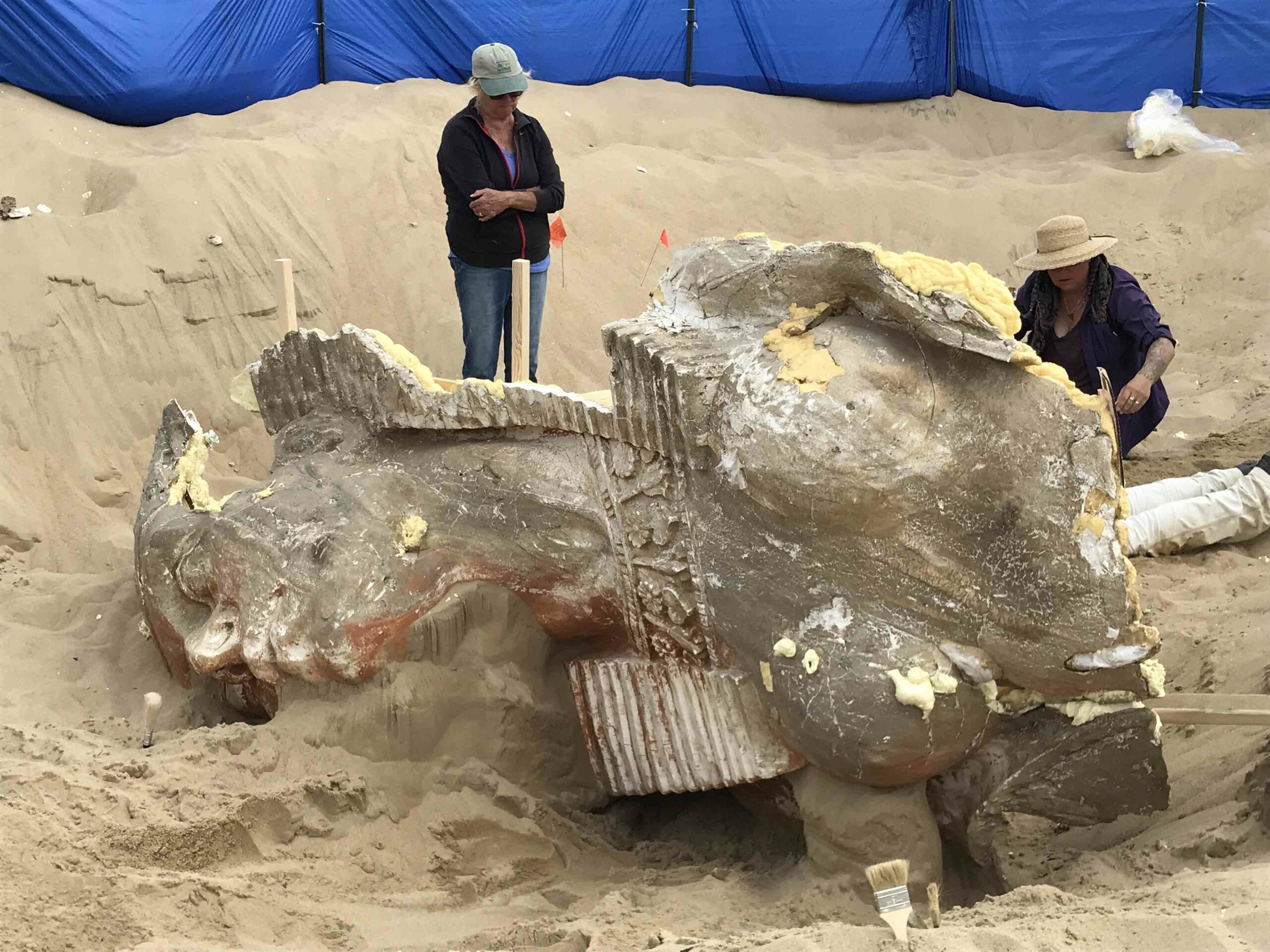 (Courtesy Guadalupe-Nipomo Dunes Center)
(Courtesy Guadalupe-Nipomo Dunes Center) -
Digs & Discoveries
Seals of Approval
 (Courtesy Michael Blömer/University of Münster)
(Courtesy Michael Blömer/University of Münster) -
Digs & Discoveries
Early Signs of Empire
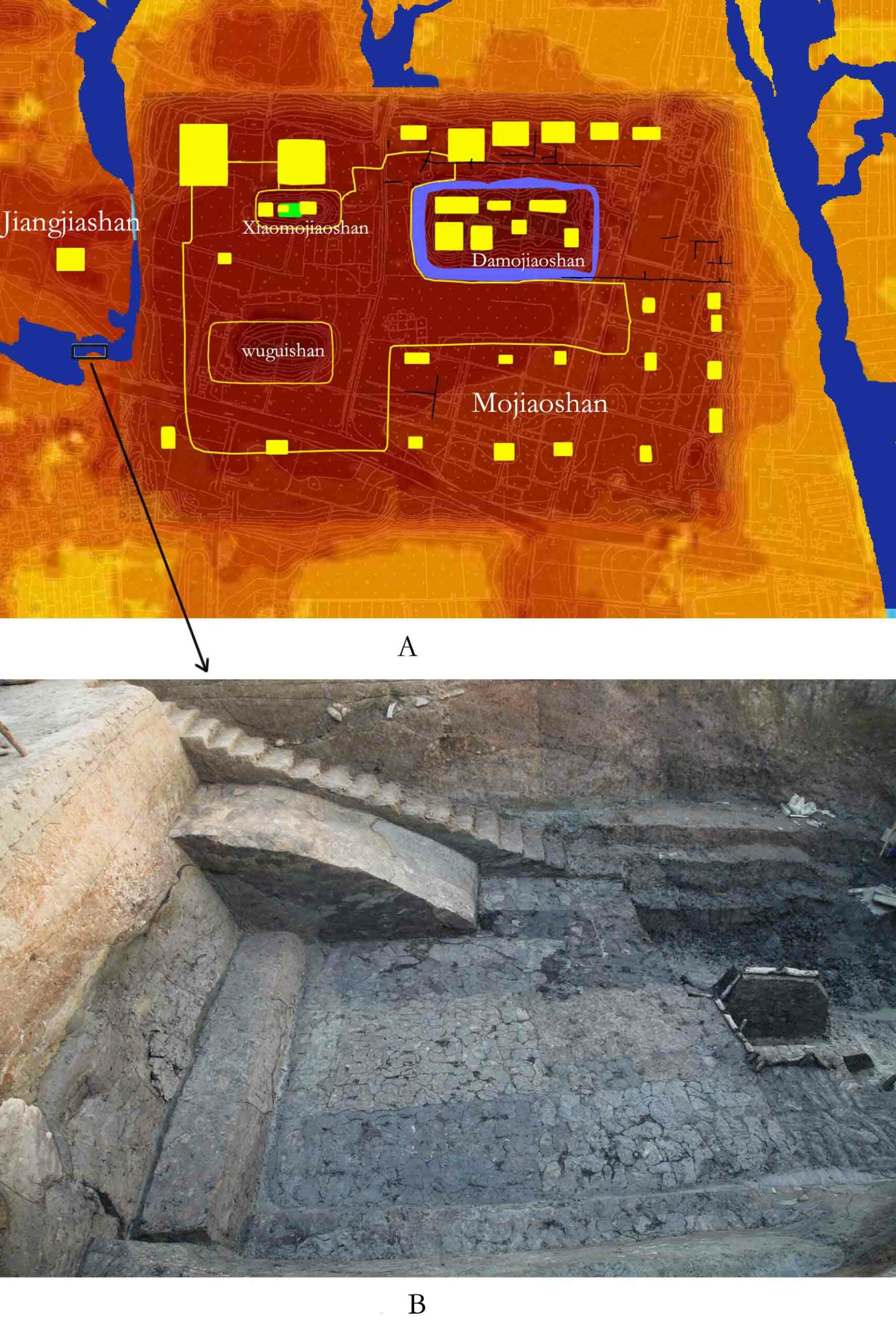 (Courtesy Yijie Zhuang)
(Courtesy Yijie Zhuang) -
Digs & Discoveries
Tut’s Mesopotamian Side
 (Christian Eckmann/Copyright: RGZM, DAI Cairo and University of Tübingen)
(Christian Eckmann/Copyright: RGZM, DAI Cairo and University of Tübingen) -
Digs & Discoveries
Newtonian Whiteboard
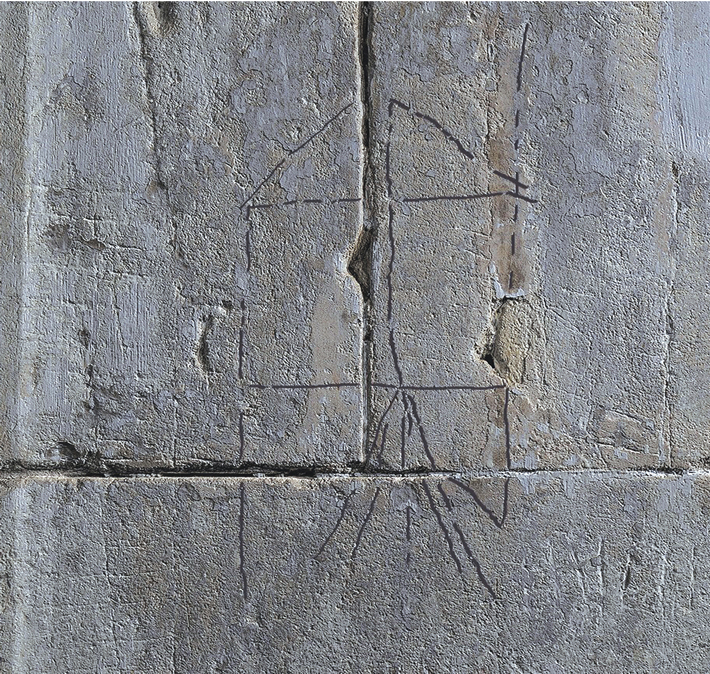 (National Trust)
(National Trust) -
Digs & Discoveries
Nomadic Chic
 (Courtesy Marina Kilunovskaya)
(Courtesy Marina Kilunovskaya) -
Digs & Discoveries
Old Woman and the Sea
 (Sofía Samper Carro)
(Sofía Samper Carro)
Off the Grid
Off the Grid March/April 2018
El Pilar, Belize
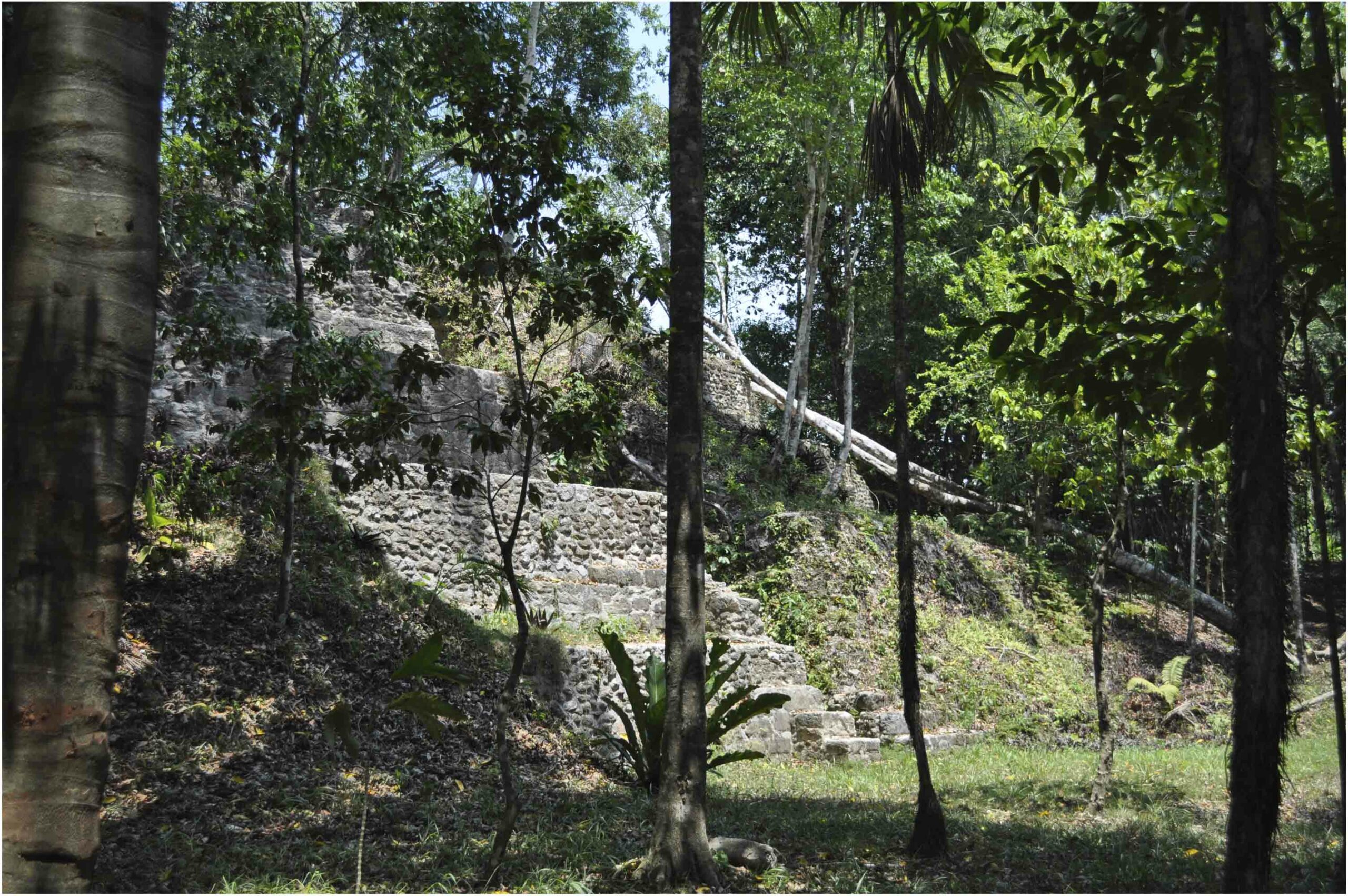
Around the World
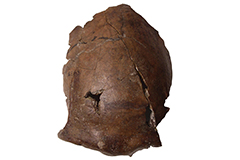
PAPUA NEW GUINEA

PAPUA NEW GUINEA: When the Aitape skull was discovered in 1929, it was mistakenly thought to belong to Homo erectus. But subsequent radiocarbon dating determined it was only around 6,000 years old. Now, a reevaluation of the skull and its findspot has added a new twist. Geochemical analysis of the sediments in which the skull was embedded suggests they were deposited miles inland by a powerful paleo-tsunami, making the skull perhaps part of the world’s oldest known tsunami victim.
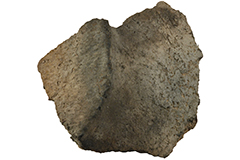
GEORGIA

GEORGIA: Chemical analyses of ceramic vessels from two Early Neolithic sites in Georgia produced the earliest known evidence of grape wine and viniculture in the Near East. The sherds of pottery tested positive for tartaric acid, the principal biomarker of grapes and wine, as well as other indicators. This suggests humans were producing wine as far back as about 6000 B.C., nearly 500 years earlier than previously thought. The domestication of the wild Eurasian grape is believed to have first occurred in this region.
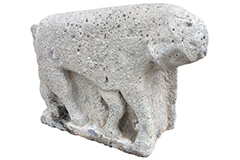
ISRAEL

ISRAEL: Sometimes important archaeological relics are found in unexpected places. This was the case when archaeologists recently noticed a lioness statue within an unassuming pile of dirt and modern debris at the site of el-Araj near the Sea of Galilee. The basalt relief carving weighs 1,320 pounds and dates to between the 4th and 6th centuries A.D. It may have once adorned a nearby synagogue. Some experts believe el-Araj is where the biblical settlement of Bethsaida and the later Roman town of Julius were located.


